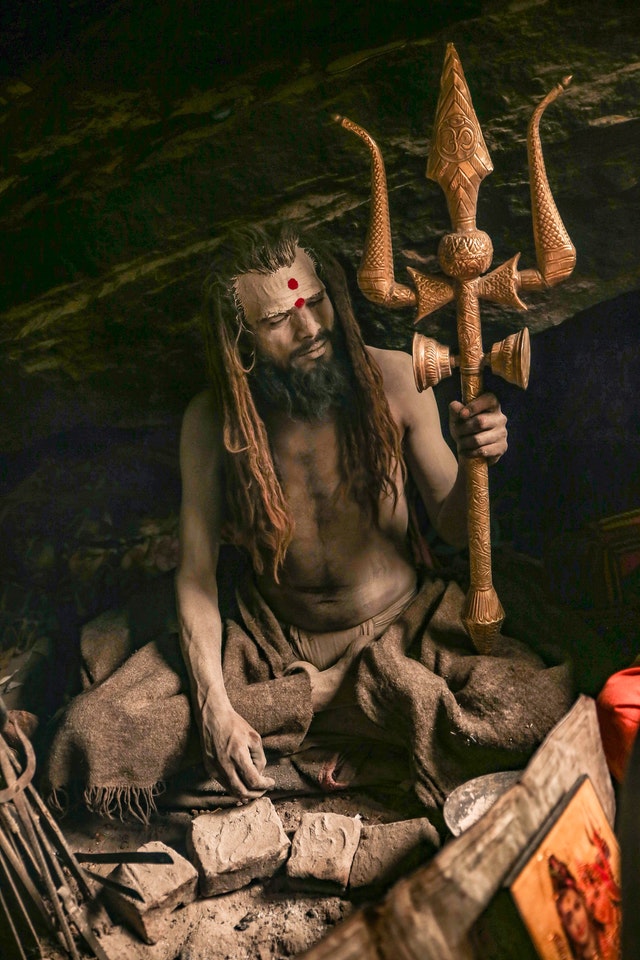
Experience the ancient teachings and rituals of Shamanism on Ouslet
Humanity’s First Spiritual Intermediary: A Brief History of Shamans
Before we take you on a “spirit flight” through shamanic history, let’s point out a few obvious modern forms of shamanic practice:
Your religious leader takes a page right out of the Shamanic playbook when they talk about the “afterlife”
That time you felt “pure ecstasy” seeing your favorite performer live? You were tapping into the same energy shamans devote their entire lives to
Any time you’ve sat in a room with people you loved or respected, and you could feel the flow of the energy in the air as angels and demons fought overhead
Ever do drugs and have a good trip? Bad trip? All part of the shamanic tradition. Maybe you felt like you went to the “edge of the abyss” and back again. You’re a modern baby-shaman! Congrats!
Ever acted in a play? Pretended to growl like a tiger, or act like an animal? You’re borrowing imagery and embodied ideas of shamans millennia ago
There’s a reason thousands of scholars – and millions of people – feel such a strong attraction to the ethereal mysticism that cloaks shamanic rituals. The idea that we can, through ceremony, communicate with the spirit world to find eternal truths, speaks to the deepest sense of meaning we human beings seek in life. Shamanic practices, while varying widely in their aesthetic across the globe, all hold a singular aim: solve the pains and never-ending terrors of the human condition. Read part 2 to get the web’s most singular take on the relevance and influence of shamanism in modern life – brought to your by your friends at Ouslet
😀

Diego Gonzalez
I see